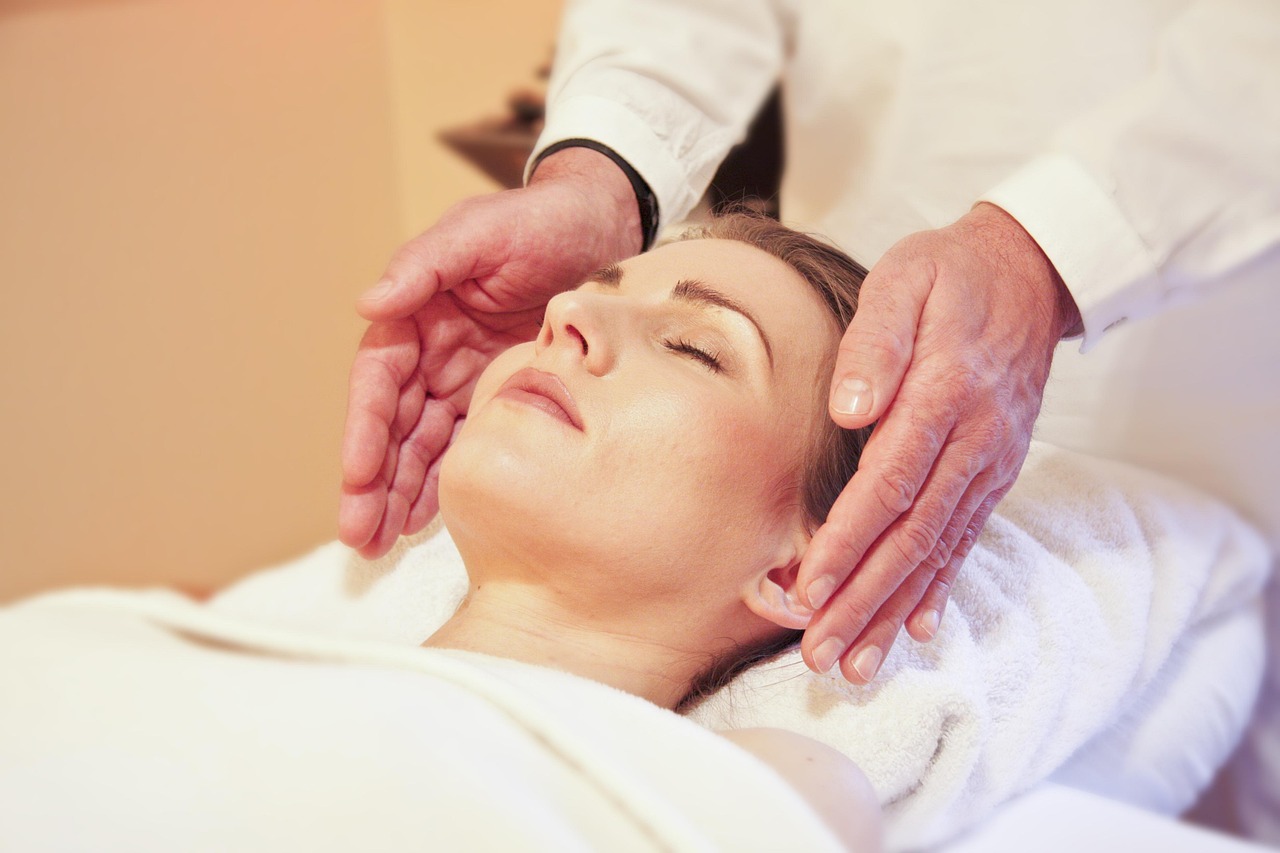Therapy for skin picking, also known as excoriation disorder, is an effective way to manage and reduce the behavior. Cognitive-behavioral therapy (CBT), specifically Habit Reversal Training (HRT), is the most commonly recommended treatment to help individuals gain control over skin picking. This approach focuses on identifying triggers and developing alternative responses.
Other therapies, like acceptance and commitment therapy (ACT) and medication, may also support treatment depending on the individual’s needs. Professional guidance is important because untreated skin picking can lead to physical damage and emotional distress.
Understanding available therapy options helps those affected take meaningful steps toward improvement. This article will explore these treatments and offer insight into how therapy can help manage skin picking effectively.
Understanding Therapy for Skin Picking
Therapy for skin picking targets the behaviors, thoughts, and emotions that maintain the disorder. Effective treatment involves recognizing the nature of skin picking, addressing its impact, and defining clear recovery objectives.
What Is Skin Picking Disorder?
Skin picking disorder, also called excoriation disorder, is a mental health condition characterized by repetitive, compulsive picking at the skin. This behavior leads to tissue damage, scarring, and sometimes infections. It often results from anxiety, stress, or sensory urges.
Individuals may pick at healthy skin, scabs, or minor irregularities, typically causing significant distress or impairment. The disorder is classified under obsessive-compulsive and related disorders in the DSM-5. Its severity varies, with some experiencing minor episodes and others facing chronic, debilitating symptoms.
Importance of Therapy in Treatment
Therapy is crucial because skin picking often resists self-control and may worsen without professional support. It helps patients understand triggers and develop coping skills to manage urges and reduce skin damage.
Behavioral therapies, such as Cognitive Behavioral Therapy (CBT) and Habit Reversal Training (HRT), are evidence-based approaches showing effectiveness. Therapy also addresses co-occurring issues like anxiety or depression, which frequently accompany the disorder.
Without therapy, individuals risk ongoing physical and psychological harm, making professional intervention essential.
Therapeutic Goals for Recovery
Therapy focuses on specific, measurable goals to achieve recovery. These generally include:
- Reducing the frequency and intensity of picking episodes
- Identifying and managing triggers to prevent relapse
- Improving emotional regulation and stress management skills
- Enhancing self-esteem and body image
Therapists work with individuals to create personalized treatment plans incorporating these goals. Progress is closely monitored, and strategies are adjusted as needed to maintain improvements.
Types of Therapy for Skin Picking
Therapies for skin picking focus on changing behavior, managing urges, and addressing underlying thoughts and feelings. Each approach provides specific techniques to reduce or stop the behavior and improve emotional regulation.
Cognitive Behavioral Therapy (CBT)
Cognitive Behavioral Therapy targets the thought patterns that contribute to skin picking. It helps individuals identify triggers, such as stress or anxiety, and replace harmful behaviors with healthier coping strategies.
Therapists work with patients to track their picking episodes, recognize early signs, and develop problem-solving skills to manage urges. Techniques include cognitive restructuring, which challenges negative beliefs about skin or appearance that may fuel picking.
CBT often includes homework assignments and practice outside sessions. This structured approach equips individuals with tools to reduce skin picking and prevent relapse over time.
Habit Reversal Training (HRT)
Habit Reversal Training focuses on increasing awareness of skin picking and teaching alternative behaviors. It uses several steps: awareness training, competing response development, and social support.
Awareness training helps individuals notice when and why they pick. Competing responses involve replacing picking with a physically incompatible action, like clenching fists or squeezing a stress ball.
Supportive feedback from therapists or family can reinforce progress. HRT is effective because it directly interrupts the habitual nature of skin picking with concrete, manageable changes.
Acceptance and Commitment Therapy (ACT)
Acceptance and Commitment Therapy approaches skin picking by encouraging individuals to accept urges without acting on them. It stresses mindfulness and psychological flexibility rather than trying to control or eliminate thoughts.
ACT teaches people to observe their urges nonjudgmentally and commit to values-based behavior changes. This reduces the emotional struggle that often leads to picking.
Techniques include mindfulness exercises, cognitive defusion to separate from unhelpful thoughts, and clarifying personal values to guide actions. ACT supports long-term change by addressing emotional responses alongside behaviors.


Leave a Reply